
8 Fertility-Boosting Foods Every Woman Should Know About
You can't control everything when it comes to fertility — but what's on your plate is a powerful place to start.
Whether you're just starting your fertility journey or actively trying to get pregnant, what you eat can make a measurable impact on your reproductive health. Here are nine science-backed foods that can help support your body naturally.
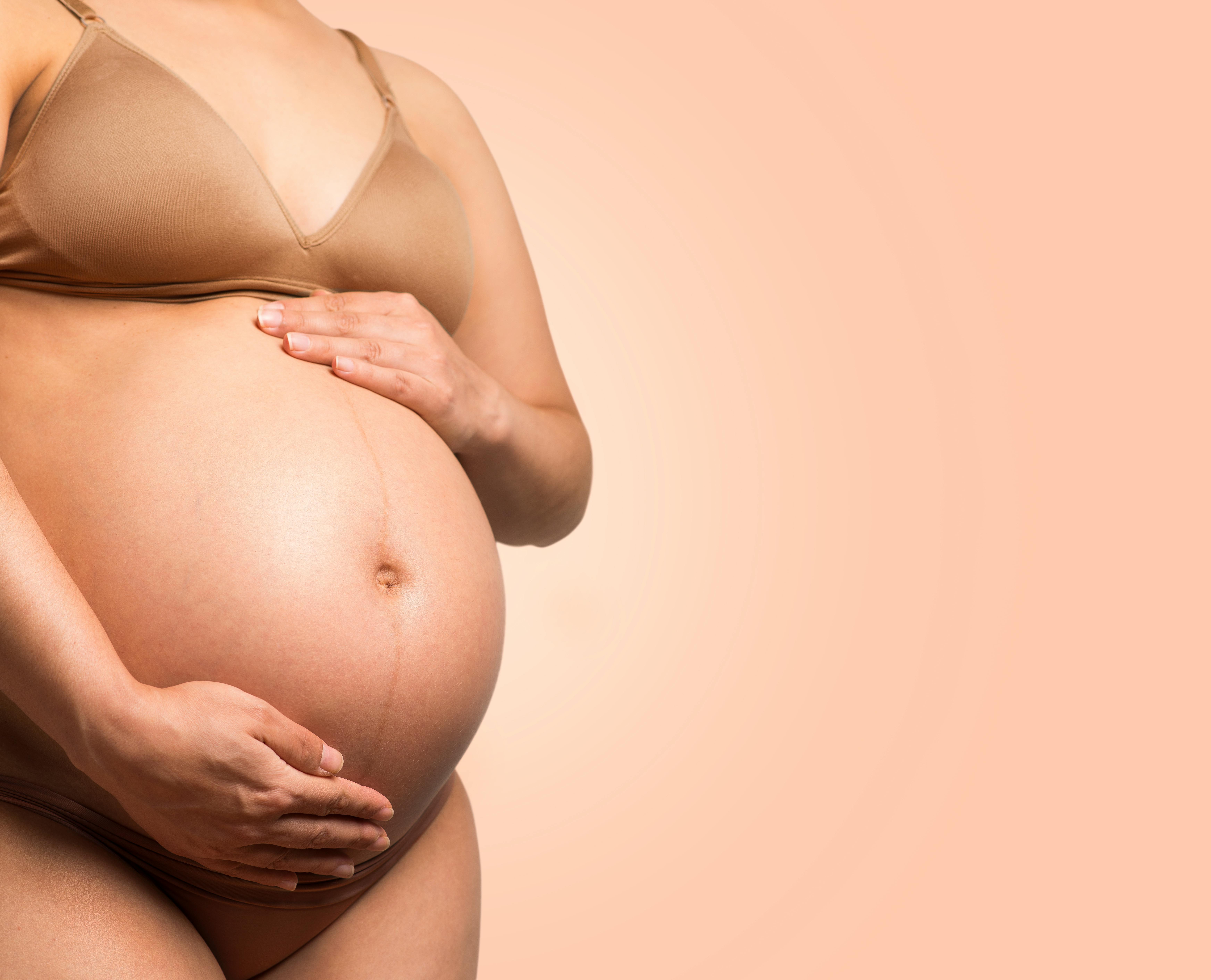
A pregnant woman cradling her baby bump. | Source: Pexels
1. Walnuts
Walnuts are more than just a heart-healthy snack — they're also packed with fertility-supporting nutrients. Rich in omega-3 fatty acids and vitamin E, walnuts can promote ovulation. It's a small daily habit with big potential benefits.

Walnuts | Source: Pexels
2. Citrus Fruits
Citrus fruits such as oranges, lemons, grapefruits, and tangerines are high in vitamin C and polyamines. Both nutrients are important for reproductive health.
Polyamines are especially essential for reproductive processes in both men and women. Adding a variety of citrus to your daily diet is a simple and refreshing way to support fertility.

Slices of various citrius fruits | Source: Pexels
3. Full-Fat Dairy
For women, full-fat dairy may help lower the risk of ovulatory infertility. It also provides vitamins A, D, and E — all of which play supportive roles in fertility.
Some cheeses, especially hard and raw milk varieties like Parmigiano-Reggiano, camembert, and asiago, contain particularly high levels of polyamines, making them a smart addition to a fertility-focused diet.
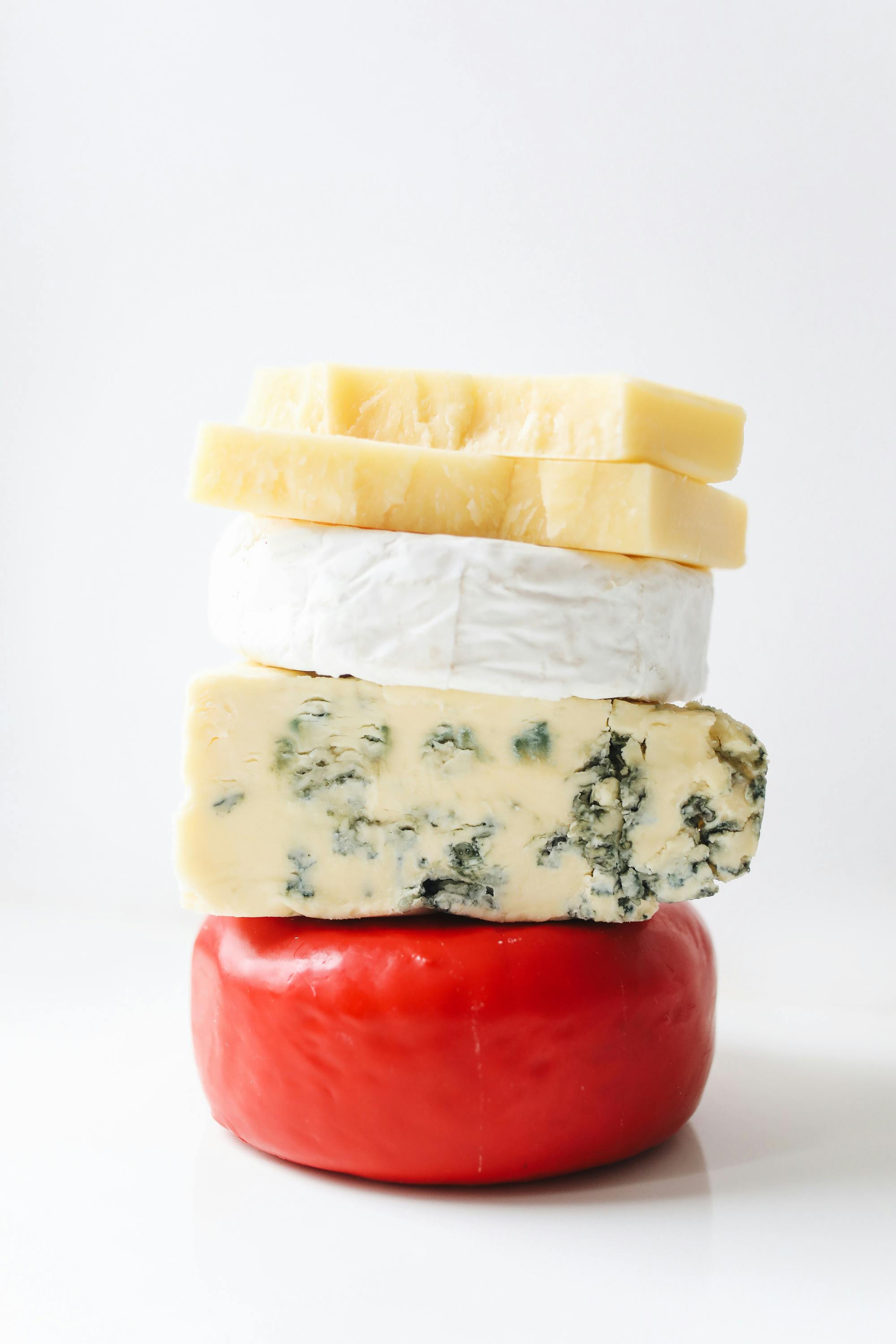
Different types of cheese | Source: Pexels
4. Beans and Lentils
These humble legumes offer a wealth of fertility benefits. They're high in spermidine, a polyamine associated with better reproductive outcomes, and they're also rich in folate — a key nutrient for egg development and embryo implantation.
As an added benefit, plant-based proteins from beans and lentils may help reduce the risk of ovulation-related infertility compared to animal proteins.

Lentils | Source: Pexels
5. Sardines and Salmon
Seafood can be tricky for those trying to conceive due to concerns over mercury levels. However, sardines and salmon (especially canned or wild) offer a safe, low-mercury source of omega-3 fatty acids — essential for hormone production and reproductive function.

Canned sardines | Source: Pexels
Research shows that couples who consumed eight or more seafood servings per cycle conceived in half the time compared to those who ate less. Other good low-mercury seafood options include anchovies, canned mackerel, herring, and oysters.
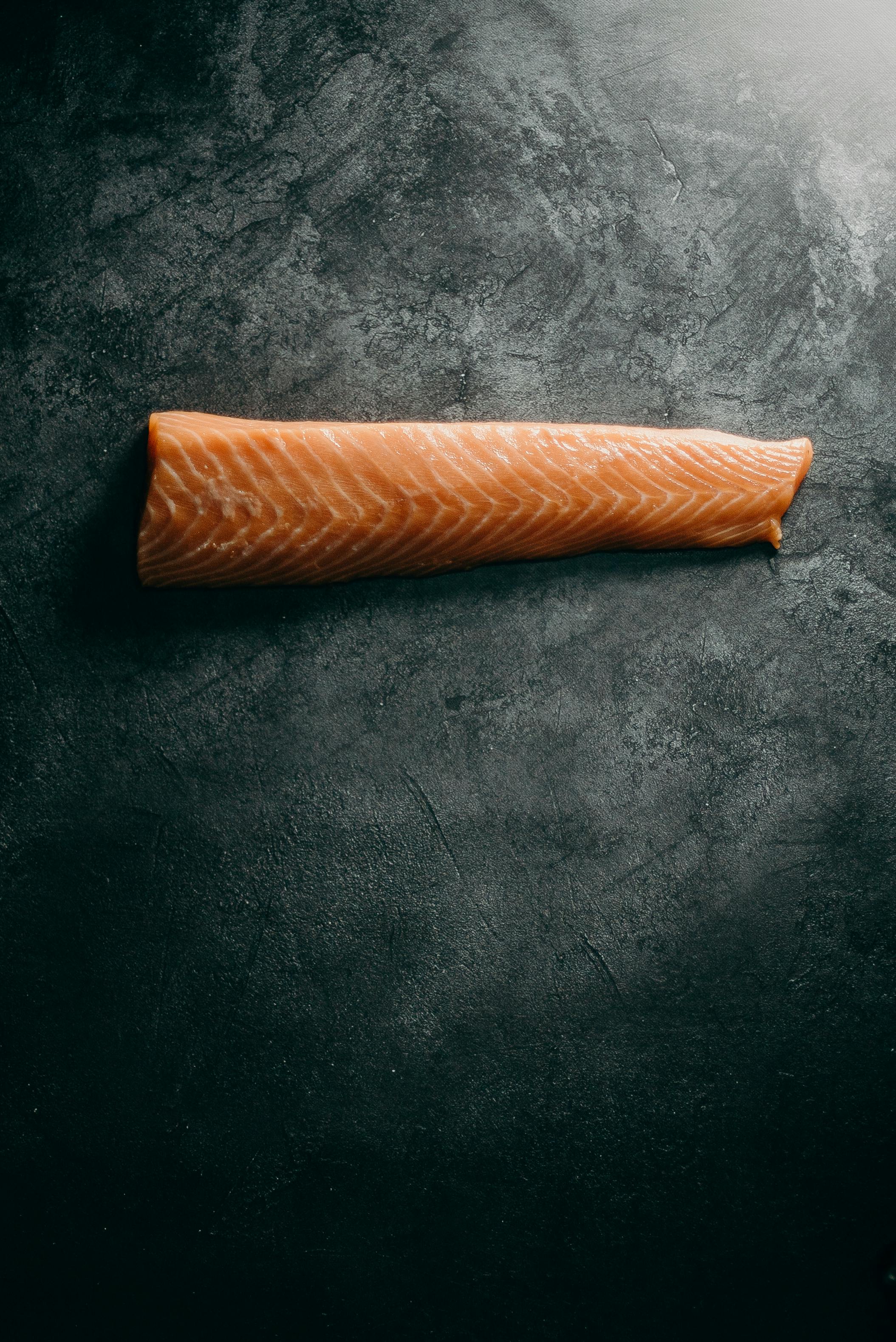
A piece of salmon | Source: Pexels
6. Lean Proteins
Lean meats like turkey, chicken, and pork tenderloin are great sources of iron, a mineral essential for conception. Iron helps support ovulation and is a key nutrient for overall reproductive function.
Still, moderation is key — it's wise to occasionally swap in plant-based proteins like beans or tofu to maintain nutritional balance and avoid excessive animal protein intake.
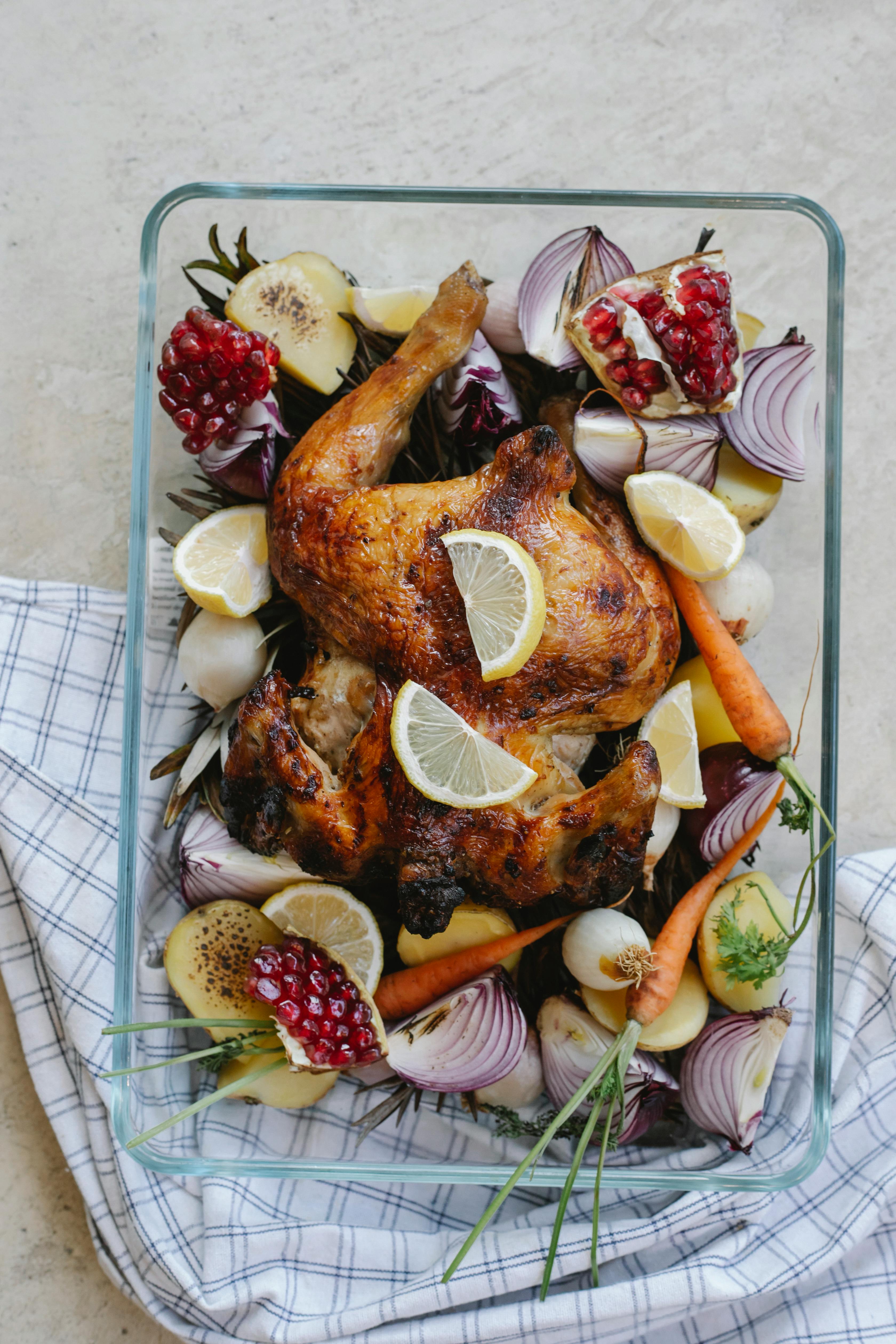
Roasted chicken | Source: Pexels
7. Whole Grains
Whole grains digest slowly, helping to regulate blood sugar and insulin levels — both of which are closely tied to hormonal balance and fertility.
Complex carbohydrates such as oats, brown rice, and quinoa provide long-lasting energy without causing spikes that can disrupt ovulation.
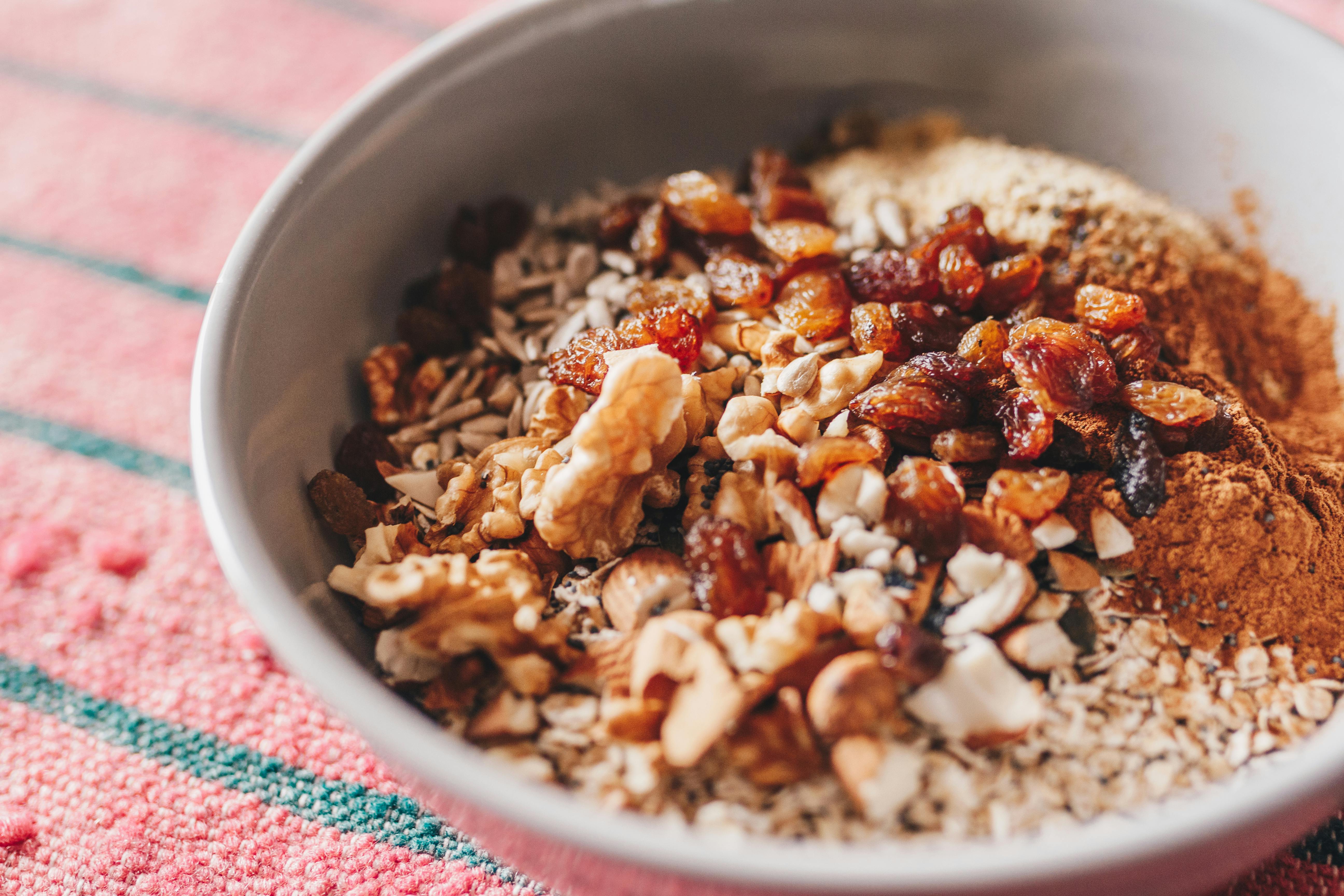
A bowl of oats and toppings | Source: Pexels
8. Berries
Blueberries, raspberries, and strawberries are loaded with antioxidants that protect eggs from cellular damage and aging.
Their antioxidant content also supports long-term reproductive health by reducing oxidative stress, which can harm egg quality. While all berries offer benefits, blueberries and raspberries pack the most powerful punch when it comes to fertility support.

Blueberries and raspberries | Source: Pexels
Making smart, nutrient-dense food choices is one of the simplest ways to support your fertility journey. While diet alone can't guarantee results, it plays a powerful role in preparing your body for conception.
If you're exploring fertility later in life, you may also want to learn more about the realities of getting pregnant at 45 — including what the odds really look like and what to expect.
The information in this article is not intended or implied to be a substitute for professional medical advice, diagnosis or treatment. All content, including text, and images contained on WomanlyLive.com, or available through WomanlyLive.com is for general information purposes only. WomanlyLive.com does not take responsibility for any action taken as a result of reading this article. Before undertaking any course of treatment please consult with your healthcare provider.
